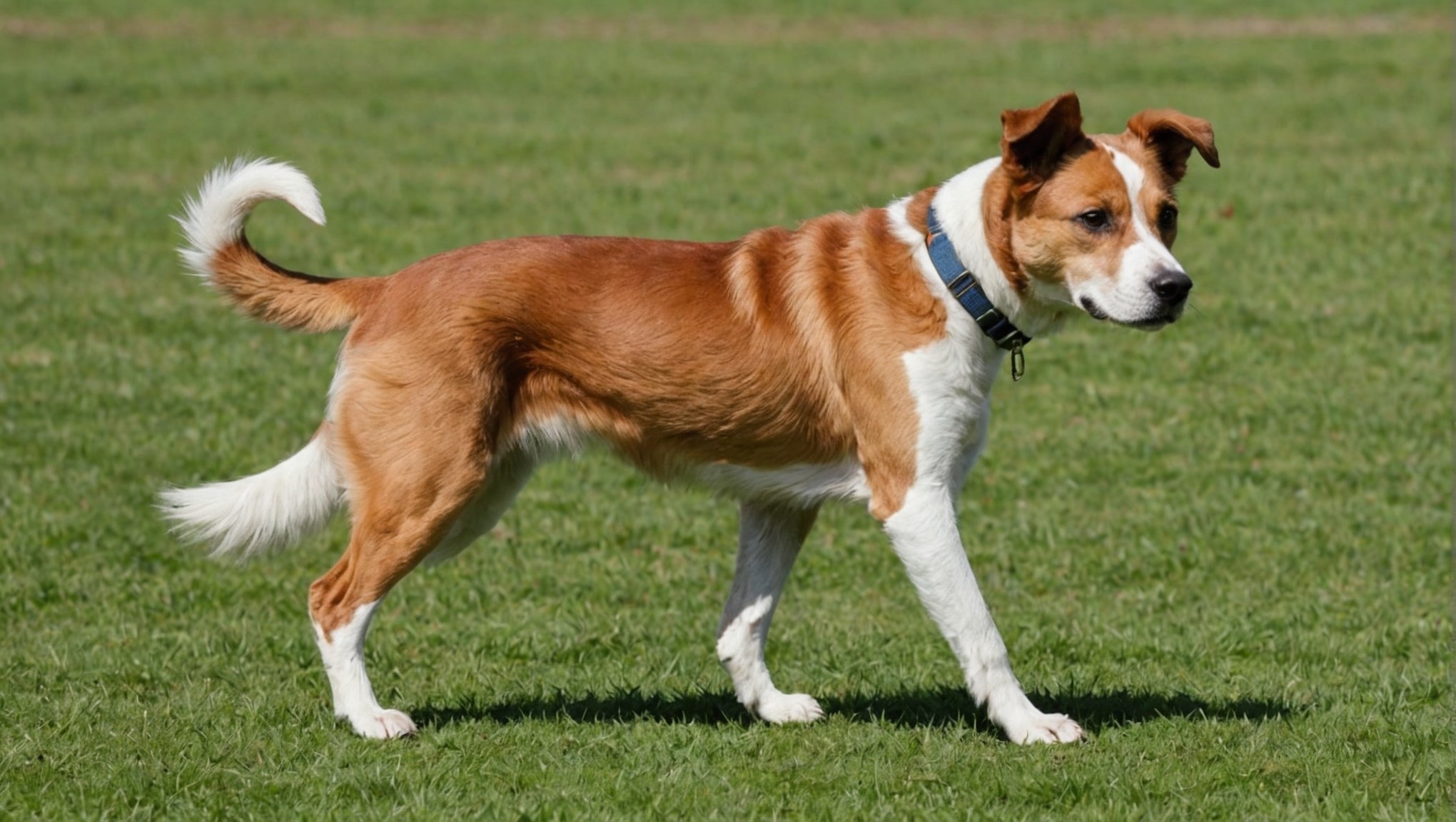Recognizing Overexertion in Dogs: Key Signs to Watch for During Training Sessions
When it comes to training your dog, whether it’s for obedience, agility, or simply to keep them active and healthy, it’s crucial to be aware of the signs of overexertion. Overexertion can lead to serious health issues, especially in dogs that are older, have pre-existing conditions, or are not acclimated to the level of physical activity. Here’s a comprehensive guide to help you recognize and prevent overexertion in your furry friend.
Understanding Canine Exercise Needs
Dogs, like humans, have varying exercise needs based on their age, breed, and health status. For instance, a young and energetic breed like the Greyhound requires a lot of physical activity to stay healthy, whereas an older dog might need more gentle and low-impact exercises.
Also to see : Top Essential First Aid Tips Every Pet Owner Should Know!
Age-Specific Exercise Needs
- Puppies: Puppies need short, frequent exercise sessions to avoid damaging their developing joints. High-impact activities like jumping and long runs should be avoided until they are fully grown.
- Adult Dogs: Adult dogs can handle more intense exercise, but it’s essential to tailor the activities to their breed and individual health. For example, a Greyhound might enjoy sprinting, while a smaller breed might prefer shorter walks and play sessions.
- Older Dogs: Older dogs require low-impact exercises to avoid straining their joints. Activities like swimming, short walks, and gentle play sessions are ideal. Swimming, in particular, is excellent because it provides a full-body workout without the stress on joints[3][5].
Signs of Overexertion in Dogs
Recognizing the signs of overexertion is vital to prevent harm to your dog. Here are some key signs to watch for:
Physical Signs
- Panting Excessively: While panting is normal for dogs, excessive panting can indicate overexertion, especially in hot weather.
- Limping or Stiffness: If your dog starts limping or shows signs of stiffness during or after exercise, it could be a sign that they are overexerting themselves.
- Collapse or Weakness: If your dog collapses or shows signs of weakness, it is a serious indication that they need immediate rest and possibly medical attention.
- Increased Heart Rate: An abnormally high heart rate that does not return to normal after rest can be a sign of overexertion.
Behavioral Signs
- Lack of Enthusiasm: If your dog seems less enthusiastic about activities they normally enjoy, it could be a sign that they are feeling overexerted.
- Changes in Gait: Any changes in your dog’s gait, such as a slower pace or an unusual gait pattern, can indicate overexertion.
- Whining or Showing Discomfort: If your dog whines or shows signs of discomfort during exercise, it’s time to stop and give them a break.
Creating a Balanced Training Plan
A balanced training plan is crucial to ensure your dog gets the physical and mental stimulation they need without overexerting themselves.
Also read : Effective Strategies to Alleviate Separation Anxiety in Newly Adopted Pets
Incorporating Low-Impact Exercises
Low-impact exercises are essential for dogs that are prone to joint issues or are older. Here are some examples:
- Swimming: Swimming is an excellent low-impact exercise that keeps muscles engaged without stressing the joints. It’s particularly beneficial for dogs with arthritis or other joint conditions[3][5].
- Short Walks: Short, frequent walks are ideal for older dogs or those with mobility issues. These walks help maintain joint health and keep the dog active without overexertion[3][5].
Mental Stimulation
Mental stimulation is just as important as physical activity. Here are some ways to keep your dog mentally sharp:
- Puzzle Toys and Snuffle Mats: These tools provide mental stimulation by challenging your dog to find treats. They are especially useful for older dogs to keep their minds active and engaged[3][5].
- New Tricks: Teaching your dog new tricks, even at an older age, can help maintain their mental health and boost their confidence. Ensure the tricks are aligned with their mobility capacity to avoid strain[3][5].
- Obstacle Courses: Indoor or outdoor obstacle courses can be designed to target both physical and mental health. Start with easy courses and gradually increase the difficulty level as your dog becomes more comfortable[3].
Tailoring Training Sessions to Your Dog’s Needs
Every dog is unique, and their training sessions should be tailored accordingly.
Consulting with a Veterinarian
Before starting any new exercise or training program, it’s crucial to consult with your veterinarian. They can provide guidance based on your dog’s current health and lifestyle.
Monitoring Your Dog’s Response
Always monitor how your dog responds to different activities. If you notice any signs of overexertion, stop the activity immediately and give your dog a break.
Adjusting for Weather Conditions
Weather conditions, especially hot weather, can significantly impact your dog’s ability to exercise. Avoid training sessions during the hottest part of the day, and ensure your dog has access to plenty of water and shade.
Practical Tips for Dog Trainers and Owners
Here are some practical tips to help you recognize and prevent overexertion in your dog:
Keep it Fun and Positive
- “Exercise should be enjoyable for your senior dog, not strenuous,” advises the ASPCA. Always ensure that the activities are fun and engaging for your dog, using positive reinforcement techniques[5].
Use Comfortable Surfaces
- Avoid training on hard surfaces like cement or gravel, especially in hot weather. Opt for grass or special flooring like compressed rubber to make the exercise more comfortable for your dog’s joints[3].
Provide Adequate Rest
- Make sure your dog gets adequate rest between exercise sessions. This is particularly important for older dogs or those with health conditions.
Stay Hydrated
- Ensure your dog has access to plenty of water during and after exercise sessions. Dehydration can exacerbate the effects of overexertion.
Example of a Balanced Training Plan
Here’s an example of how you can structure a balanced training plan for your dog:
| Day | Activity | Duration | Intensity |
|---|---|---|---|
| Monday | Short Walk | 15 minutes | Low |
| Tuesday | Swimming | 20 minutes | Low |
| Wednesday | Rest Day | – | – |
| Thursday | Obstacle Course | 15 minutes | Moderate |
| Friday | Puzzle Toys | 10 minutes | Low |
| Saturday | Light Fetch | 15 minutes | Low |
| Sunday | Rest Day | – | – |
Quotes from Experts
- “Senior dogs may not have the stamina or muscle capacity they once had, so adjusting their physical exercise with this in mind is key,” says Dogtopia. This emphasizes the importance of tailoring exercises to the dog’s age and health status[3].
- “By keeping dogs’ brains active through enriching activities, you can help combat cognitive decline and unwanted feelings like depression and anxiety,” advises the ASPCA. This highlights the importance of mental stimulation alongside physical activity[5].
Recognizing overexertion in dogs is crucial for maintaining their overall health and well-being. By understanding your dog’s specific exercise needs, watching for signs of overexertion, and creating a balanced training plan, you can ensure your furry friend stays healthy and happy. Remember, every dog is unique, so it’s essential to tailor your approach to their individual needs and consult with a veterinarian whenever necessary. With the right balance of physical and mental stimulation, you can help your dog enjoy a long, healthy, and fulfilling life.











